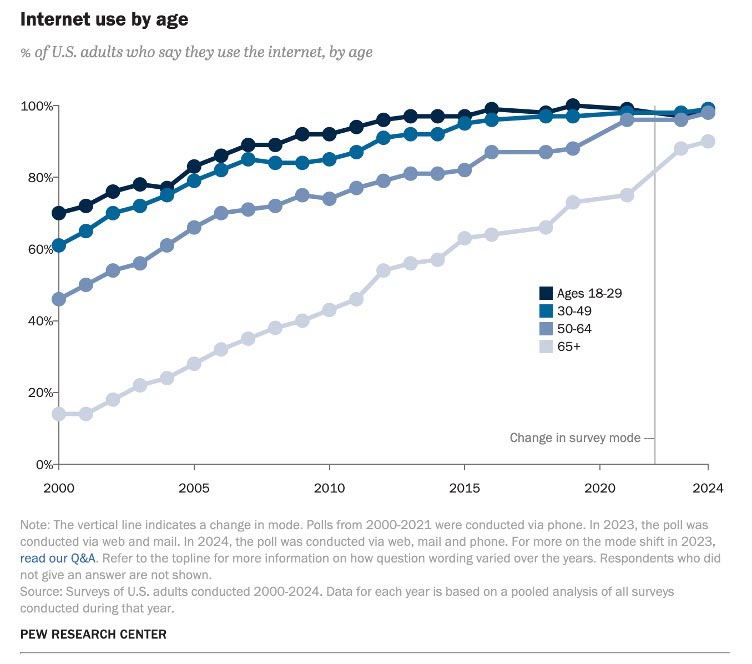Just as with any industry, commercial print needs to experiment with artificial intelligence (AI) and find out where it fits. After all, thinking we understand AI’s value and actuallyunderstanding it (including what is and isn’t ready now) are two different things. Just ask McDonald’s.
Recently, McDonald’s became the AI cautionary tale. In its article, “The Worst Brand Mistakes of the AI Era So Far,” Fast Company summed it up this way:
Just a few weeks ago, McDonald’s pulled the plug on an experiment with AI handling drive-through orders. The system’s botched misinterpretations of certain orders mistakenly accepting that customers had asked for hundreds of McNuggets or ice cream with bacon on it—went viral on social media. The burger giant announced it would “explore voice-ordering solutions more broadly,” essentially conceding that the technology’s not ready for prime time just yet.
Certainly, some of the errors are funny if they didn’t happen to you. For example, look what happened when one customer placed a breakfast order for hash browns, a sweet tea, and a Coke: The McDonald’s had a second ordering station within earshot, and the AI on ordering station #1 picked up part of an order on station #2. Perhaps we should not be surprised, then, that the customer ended up with a second Diet Coke. After multiple frustrating attempts, the customer did get the AI voice recognition system to delete the extra soda, but then it added eight additional sweet teas instead. The customer drove away.

Is this the future of McDonald’s if AI takes over? Image created by Wonder.ai.
McDonald’s only tested voice-automated ordering in approximately 100 locations. The goal, it said, was to see if automated voice ordering could speed service and simplify operations. Clearly, it didn’t. In June 2024, McDonald’s mercifully announced that it was bringing its test to an end.
But this doesn’t mean you won’t get to jump in on the fun. According to Restaurant Business,Checkers and Rally’s, Hardee’s, Carl’s Jr., Krystal, Wendy’s, Dunkin, and Taco Johns are either testing or have implemented the technology in their drive-throughs.
Think Ahead, Folks
Does this mean you should put off experimenting with AI? No. It just means that you need to be smart about it. For example:
- In McDonalds’ case, one must wonder why they didn’t think about the impact of voices carrying between ordering stations. (Anyone using Siri to write a text or email while the TV is on will understand.) That’s human oversight, not AI error.
- Did McDonald’s have humans monitoring the ordering process during the rollout, providing the opportunity for quick action and a system override when they saw AI making a mistake? (Based on the TikTok video trail, the answer is no.) If a human being had been in one drive-through monitoring the orders, the system might not have racked up 28 boxes of chicken nuggets while two girls taking a TikTok video in the car were screaming “Stop!”. This is AI error, but it’s human error too. The AI interpreted the order incorrectly, but the decision not to have humans monitoring the orders is a human one. If Walmart can have one real human monitoring a sea of self-checkouts, why couldn’t McDonald’s have had one monitoring the drive-through orders during the AI rollout?
- In this case, McDonald’s was doing something radical—something it wasn’t sure AI could do. But there are baby steps that are simpler and more proven that printers can start with, such as using chatbots to streamline the process of placing a help request or setting up a meeting. Those are things AI can do well, consistently, and platforms like HubSpot offer these and other basic AI capabilities as part of the paid service. So there is no reason to try them.
Is McDonald’s a cautionary tale? Yes, but not necessarily about AI. It’s as much a cautionary tale about human beings. We should all be testing how, when, and where AI can streamline business, cut costs, and make things easier and better for customers. But we need to be smart about it, too. Remember all those QR code blunders in the good ol’ days? It’s not the fault of the QR code that someone put one in a subway station with no cell signal or on an automated door that moved every time someone tried to get close enough to scan it. Neither are many of the AI blunders the fault of AI technology. Sometimes, we humans are the ones make the blunder…or at least making it worse.
So let’s experiment with AI. Let’s just put on our thinking caps when we do.









